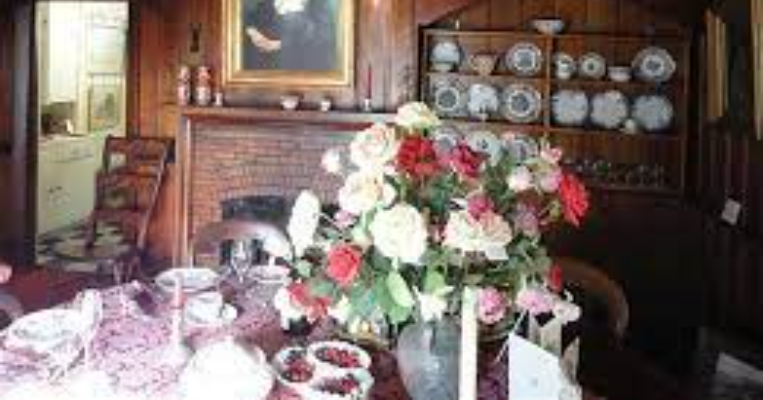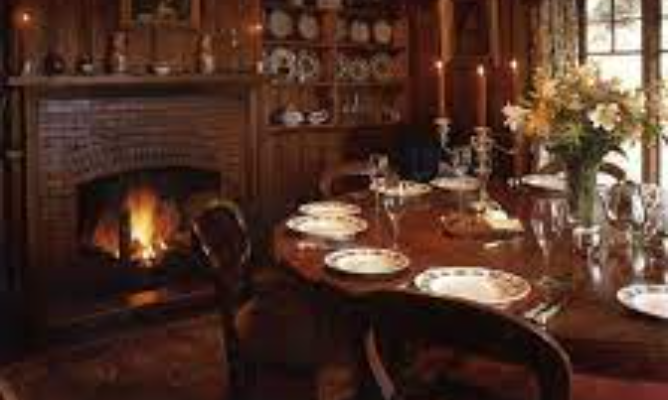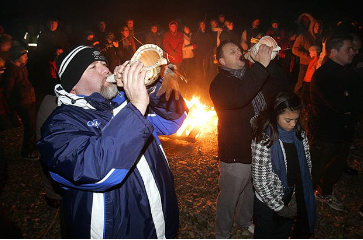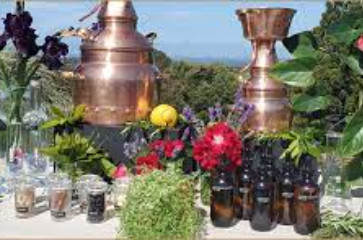Experience the house and garden that helped to shape and was in turn shaped by one of the most illustrious, intriguing, and successful New Zealand women of the twentieth century.
The life of Dame Ngaio Marsh is tinged with mystery and mystique but it is also a story of great breadth and interest. It is told through the setting that formed the backdrop to the life of this illustrious writer, theatre director and artist. This is a unique experience that visitors to Christchurch should not miss. The Ngaio Marsh House guided tour operation is wholly run by volunteers, and so we advise that it is most unlikely that prospective visitors will be able to telephone a booking and visit the House on the same day. For this reason pre-booking is essential and will be confirmed by the Chief Guide or one of the duty guides. Your patience with this arrangement is greatly appreciated. Allow one hour for the tour. $20.





